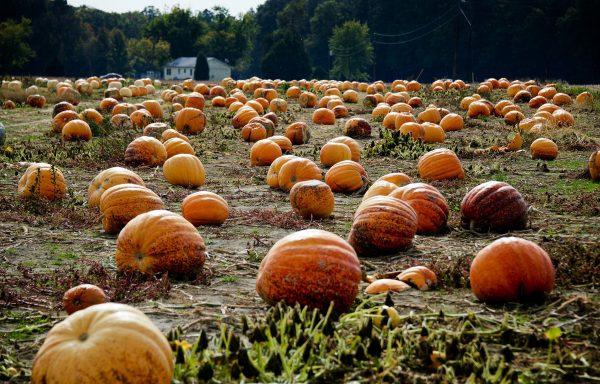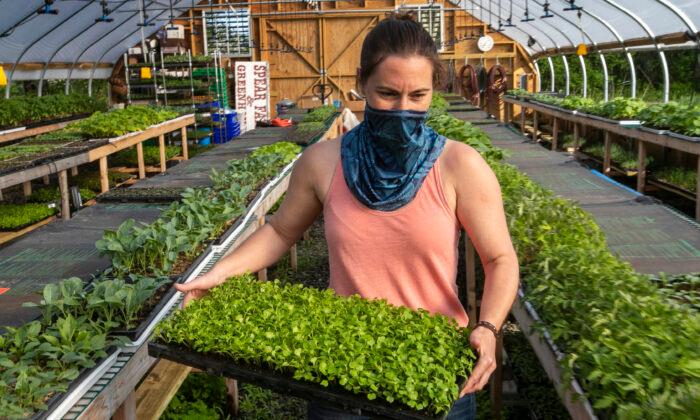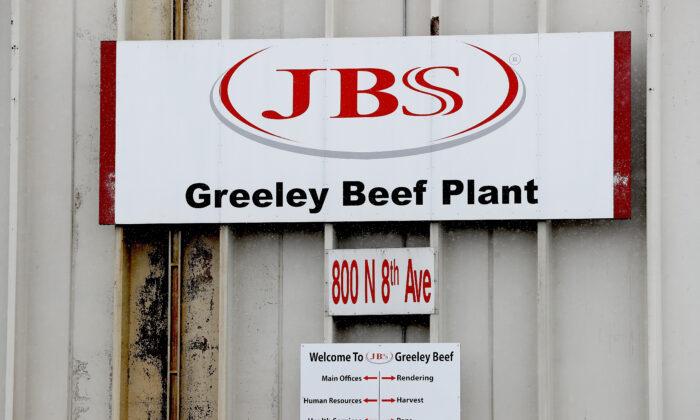U.S. Secretary of Agriculture Sonny Perdue announced Tuesday that the federal government will help support American farmers and specialty producers by expanding the number of commodities covered by the Coronavirus Food Assistance Program (CFAP). The U.S. Department of Agriculture (USDA) is also extending the deadline for applications to the program from Aug. 28 to Sept. 11.
Additional Commodities, Specialty Producers
Throughout the month of June, the USDA collected comments and supporting data to aid in the selection of additional commodities for inclusion in the CFAP program.New additions to the program include specialty crops of well-known foods such as bananas, dates, horseradish, maple syrup, and parsley, while more exotic additions included malanga, a high-fiber root vegetable, and dragon fruit or pitaya from a cactus species, which has a taste and texture somewhat similar to kiwifruit.
Non-specialty foods and livestock were also added to the list in the form of liquid and frozen eggs and “all sheep.” Before now, only lambs and yearling sheep had been eligible.
Producers of aquaculture products such as catfish and largemouth bass sold live as food fish will also qualify for assistance, as well as a number of sportfish, including salmon and trout. Nursery crop farmers and producers of cut flowers may also receive assistance.
According to the USDA, seven commodities already on the list—onions (green), pistachios, peppermint, spearmint, walnuts, and watermelons—are now eligible for funding for sales losses under the Coronavirus Aid, Relief, and Economic Stability (CARES) Act.

Only Half of USDA Funding Paid Out
According to the American Farm Bureau Federation (AFBF), farm groups are applauding the action to extend the CFAP deadline—an issue the AFBF requested in a letter to the Department of Agriculture last week.However, AFBF Chief Economist John Newton said he was concerned that farmers were not availing fully of the aid available—and that some farmers may not even know that assistance is available.
“Through the first eight to nine weeks, we’ve seen only about $7 billion of the estimated $15.4 billion go out to producers,” Newton said in an AFBF podcast. “And in the case of specialty crop producers, at this point only about $300 million has been paid to those growers. So, I think they need more time to engage with FSA (Farm Service Agency), do a little bit more outreach, so that farmers across the country know that this critical support is available.”





